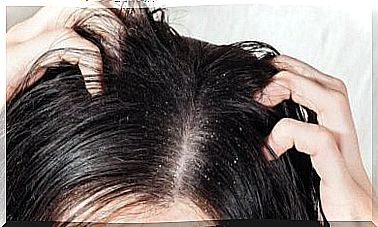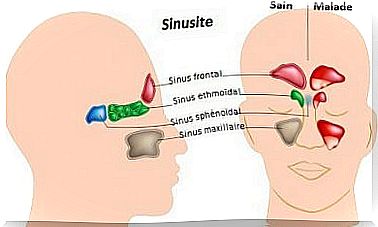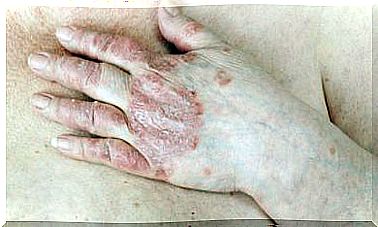Vascular Dementia, What Does It Consist Of?
In vascular dementia, the intensity of symptoms tends to increase in a gradual manner rather than gradually as in Alzheimer’s disease.
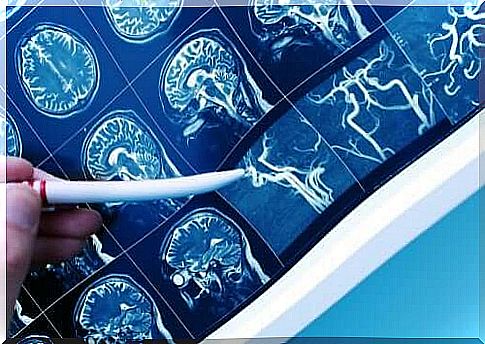
Vascular dementia is the second most common type of dementia, after Alzheimer’s disease. It represents 10 to 20% of cases.
Like all dementias, it is cognitive deterioration, or in other words, the loss or worsening of certain mental faculties such as memory, reason or behavior.
Vascular dementia is caused by damage to the brain due to cerebrovascular disease. More specifically, certain areas of the brain do not receive enough blood and end up being damaged. In this article, we explain the causes, symptoms and treatment of this dementia.
What is vascular dementia?
In order to be able to diagnose vascular dementia, certain basic conditions are necessary. First, the criteria for dementia. As we have already mentioned, these are based on the deterioration of mental faculties. To measure them, doctors carry out various examinations and questionnaires.
On the other hand, there must be signs of cerebrovascular disease. This can be seen by a history of vascular problems or by signs on physical examination.
Techniques such as tomography or magnetic resonance imaging are also used to observe possible brain damage.
A stroke can also cause vascular dementia, but this is not always the case. This is because it can also come from other disorders that affect the blood vessels. In addition, any pathological which reduces the irrigation of the brain, such as atherosclerosis, can produce it.
Therefore, we can identify some risk factors. Having diabetes, high blood pressure, having high cholesterol, or smoking are all things that increase the risk of vascular dementia. Thus, controlling these factors can decrease the incidence.

Symptoms
Symptoms of vascular dementia vary depending on the part of the brain where blood flow is reduced. They are similar to other types of dementia.
In the first place, the person may feel disoriented and have difficulty concentrating. The ability to organize thought also weakens. One of the most alarming symptoms is memory loss.
Here are other common symptoms:
- Unstable walk
- Inability to control urine
- Difficulty completing tasks that were previously easy
- Language problems
- Mood and personality changes
- Loss of social habits
- Depression
- Sleep alterations
- Possibly hallucinations or delusions
Symptoms may be more obvious and sudden when they occur after a stroke. At other times, they can get worse in obvious stages. This usually allows for a differential diagnosis of Alzheimer’s disease, which in turn is rather progressive.
However, vascular dementia can also develop subtly and gradually. As the disease progresses, the symptoms become more obvious and more serious. Indeed, the person who suffers from it ends up being unable to take care of itself.
How to prevent vascular dementia?
Protecting the health of blood vessels is essential. As we have mentioned before, maintaining adequate blood pressure should be one of the first steps. In addition, we must control and avoid diabetes. It is also advisable to follow a healthy diet and exercise.
On the other hand, it is essential to stop smoking. Tobacco is extremely harmful to the blood vessels. Likewise, we should try to keep cholesterol at the correct levels as it can help reduce the risk of stroke. Therefore, diet is very important.
Note that it is strongly recommended that you pay attention to these preventive measures because there is no effective treatment once vascular dementia is diagnosed. Treatment usually focuses on controlling risk factors.
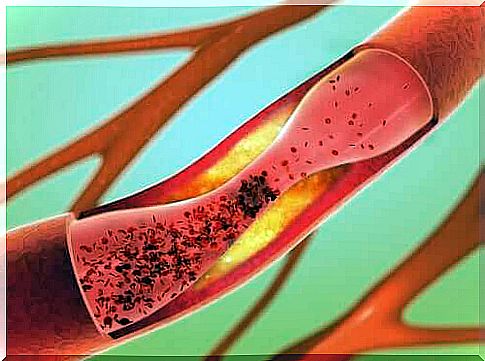
How to diagnose vascular dementia?
The diagnosis is made by the probability that the symptoms are caused by some vascular problem. This likelihood increases depending on your personal history of stroke. And also if you have suffered from other heart or vascular disorders.
In order to guide the diagnosis, blood tests are also carried out. These focus on cholesterol levels, blood sugar levels, anemia, etc. In addition, imaging and ultrasound examinations of the carotid arteries are also performed to determine their condition.
In addition, neuropsychological tests help distinguish between different types of dementia. They assess the ability to speak, write and work with numbers, among other things.
People with vascular dementia often have more difficulty analyzing a problem. However, they have less difficulty learning and remembering information unlike those with Alzheimer’s.
In conclusion
To avoid vascular dementia, it is very important to lead a healthy lifestyle. Taking care of your diet and playing sports are two fundamental pillars. However, if despite all this you notice any warning signs, do not hesitate to consult a doctor as soon as possible.

